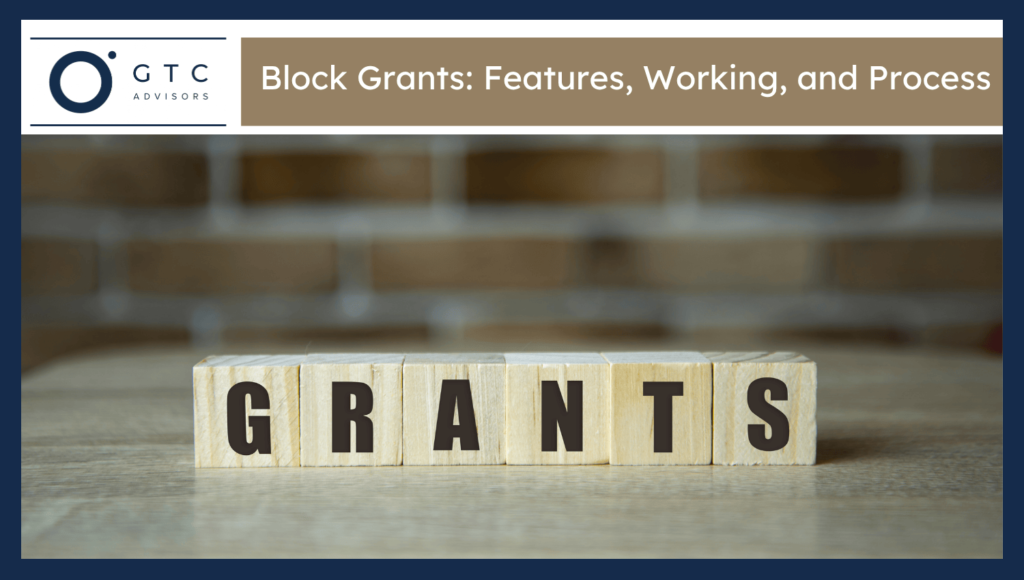Block grants are the large sums of money provided by the federal government (such as the federal government) to some lower government (such as states or cities). They are to be used on general-purpose programs like health, education, or public services. It is up to the governments in those areas to decide how to spend the money. Block grants are more flexible compared to other forms of funding and are less strict. They assist local governments in the planning of programs that suit their needs, yet still within the permitted use of the funds. This simplifies the process of spending and makes it more effective.
What are the Key Features of Block Grants?
The following are the four key features of block grants:
- Broad Objectives: Block grants come in to serve unspecified program areas such as healthcare, education or community development. They are not assigned to any particular projects, hence they can be utilised more flexibly in local priorities.
- Discretionary Use: The source of funding is left up to the local or state governments to determine how to allocate the funds among the set parameters. This flexibility helps in aligning spending according to the regional needs and also policy goals.
- Fixed Funding: The grant amount is fixed and does not depend on the costs or the demand. This encourages a sense of budget discipline but can hurt the ability to respond to the new changes.
- Reduced Federal Oversight: Block grants also do not have as many federal regulations and restrictions as categorical grants. This decreases the administration burden and quickens on-the-ground implementation.
How Do Block Grants Work?
Below are the five main elements that explain how block grants work:
- Formula-Based Allocation: The allocation is done using a set formula, which can be population, income levels or other local statistics. This makes the financing predictable and equitable.
- Local Control: The funds are run at the state or local level. They also decide on priorities, project selection and implementation strategies depending on their needs in the community.
- Flexible Spending: The grant can be spent over a range of approved areas instead of being spent on a single purpose. This restoration is flexible and helps alter such changing local conditions effectively.
- Minimal Oversight: The government regulation is minimal. There are guidelines, and local governments have fewer restrictions than with other grants, leaving them with some space to experiment.
- Light Reporting Requirements: The grantees give simple reports on the performance and finances. It is more convenient and free of paperwork and administrative pressure, yet responsibility still occurs.
What Are the Types of Block Grants?
Below are the seven main types of block grants:
Community Development Block Grants (CDBG)
The CDBG funding is directed to the supply of local governments to improve housing, infrastructure and economic opportunities of low- and moderate-income areas. They are used to fund public amenities, assist low-income housing, and create careers in community-based initiatives.
Temporary Assistance for Needy Families (TANF)
TANF supports families living on low incomes by providing money and work. States are free to use the funds in job training, childcare support, and programs that lead to family stability and lessen their dependence on welfare programs in the long term.
Substance Abuse Block Grants (SABG)
These are grants that finance state and community-level prevention and treatment of substance use disorders. The funds are being used to fund detox centres, rehabilitation, prevention education and outreach initiatives to curb drug and alcohol abuse.
Social Services Block Grant (SSBG)
SSBG allows states to be more flexible in funding their critical social services, such as adult protective services, encourage care, daycare, and services to disabled people. The states determine the allocation of the money according to the needs of that community.
Preventive Health Block Grants
These grants fund programs aimed at preventing chronic diseases, promoting healthful lifestyles, and public health education. The funds can be utilised in screenings, programs on health education, and enhancing the benefits of preventive care services.
Mental Health Services Block Grant (MHBG)
MHBG funds help in the development of mental care to adults and children with serious emotional or mental illnesses. The states apply such funds to enhance access to treatment, response to crises and access to community-based recovery support.
Maternal and Child Health Block Grant
The purpose of this grant is to improve the health of mothers and children in the area of prenatal care, nutrition, newborn screening, and child development services. It also promotes family planning and preventive care to women and babies.
What is the Process of Allocating Block Grants?
Below are the five main steps to process allocating block grants:
- Local Needs Analysis: Governments start by evaluating needs in the community. It involves data collection, consultation and the identification of populations or areas where funding can be used to maximum effect.
- Formula or Application-Based Allocation: They can be allocated by using a fixed formula (based on population, poverty rates, etc.) or by requiring the recipients to write about their goals, strategies and eligible uses.
- Fund Disbursement: The federal or state government then releases the grant money to local agencies or departments once approved. These are normally transactions made in instalments or performance levels.
- Program Execution: The funds are used by local authorities to make program implementations, staffing, and service delivery. It is the responsibility of each agency to ensure that the grant is utilised according to the grant guidelines.
- Monitoring & Evaluation: Accountability is ensured through regular oversight. Governments observe costs, results and obedience to federal regulations and generally demand regular reporting and auditing of success and effectiveness.
What are the Common Uses of Block Grants?
Below are five common areas where these funds are commonly used:
- Block grants provide funding to Public Health Programs on vaccines, mental health care and addiction recovery. These funds enhance the provision of basic health in poor communities.
- The Affordable Housing projects are supported to construct homes, repair the older ones, and assist in paying rent. This helps reduce homelessness.
- The funds are also used in Poverty Alleviation, job training, food, and basic support. It assists low-income families to survive.
- Grants are used in Education Initiatives in the form of early learning, special programs, and school access. This promotes equal opportunity in learning.
- Block grants are applied to Community Infrastructure projects, such as roads, parks, libraries, and water systems. It enhances local living conditions.

George C. Tagg, Jr.
George serves as a trusted counsel to business leaders, non-profit executives, and management teams. George is a licensed attorney with a master’s in international affairs and over 20 years’ experience in the U.S. Congress, Department of State, Department of Defense, global public policy, and political campaigns.


